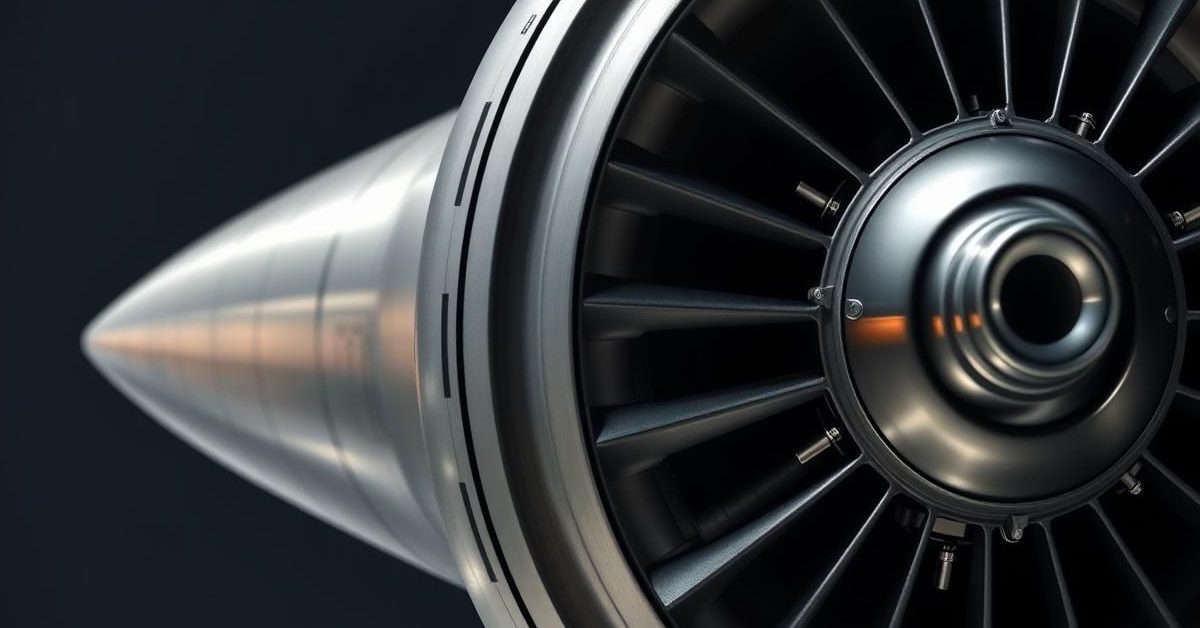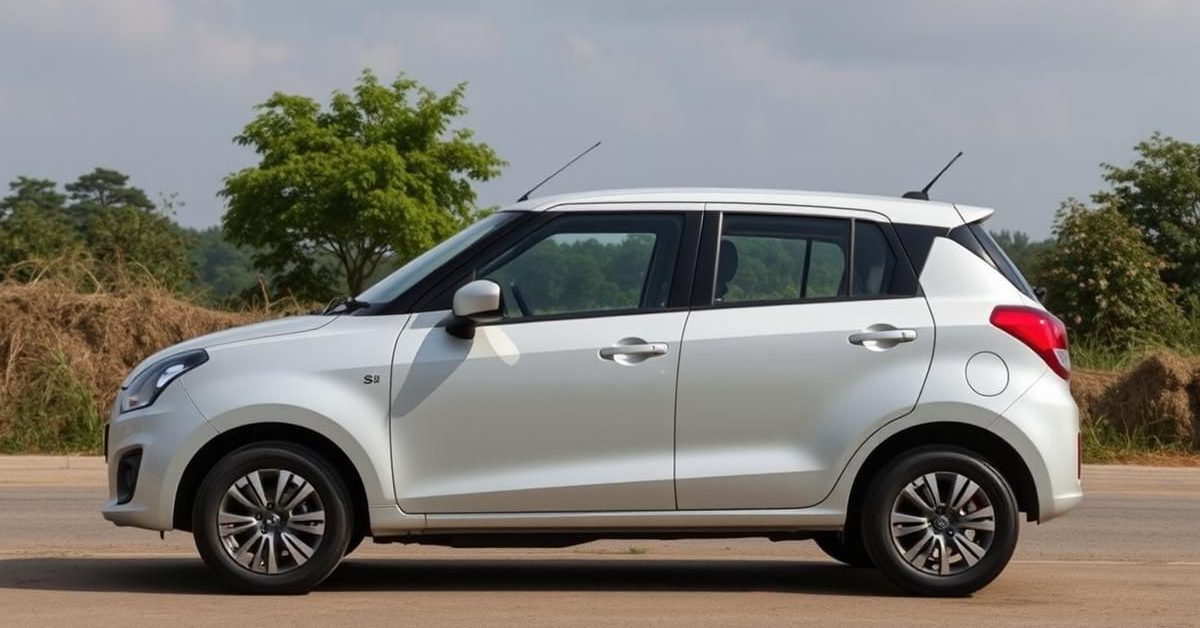India is making a strategic move to boost its defence self-reliance by pushing the Defence Research & Development Organisation (DRDO) to partner with either the UK’s Rolls-Royce or France’s Safran to co-develop combat aircraft engines domestically.
The Critical Need for Engine Technology
For too long, engine technology has been a major limiting factor for India’s defence capabilities. Recent delays in receiving GE engines for the Tejas Light Combat Aircraft highlighted the vulnerability of relying heavily on foreign suppliers.
This realization has spurred the government to prioritize acquiring core expertise in engine development, aiming for greater control over procurement and fostering a robust local supply chain for the future.
UK or France: The Partnership Decision
The government has tasked DRDO with selecting a foreign partner to co-develop advanced aircraft engines in India. Both Rolls-Royce and Safran are vying for this crucial collaboration, having offered full Transfer of Technology (ToT) and Intellectual Property Rights (IPR) to DRDO’s Gas Turbine Research Establishment lab in Bengaluru.
A Cabinet note is being prepared by DRDO to finalize this strategic decision, which will significantly impact India’s Advanced Medium Combat Aircraft (AMCA) program. Both companies are contenders for developing the engine for this next-generation fighter.
Powering India’s Stealth Fighter: The AMCA
The Advanced Medium Combat Aircraft (AMCA) is envisioned as a twin-engine 5.5-generation stealth fighter, requiring a powerful new engine with a thrust class of 110-130 kN. This engine is vital for capabilities like supercruise and stealth optimization.
While initial AMCA prototypes and the first production batch (Mk1) will use imported GE F414 engines, the long-term plan is for the more powerful, locally co-developed engines to power the AMCA Mk2 variant. The first flight is targeted for 2029-2030, with induction expected by 2035.
Rolls-Royce has proposed developing a range of high-thrust turbofan engines, potentially for various aircraft. Safran, on the other hand, suggests a prototype derived from its M88 engine family (used in Rafale fighters) and aims to leverage its offset obligations from the Rafale deal to support the indigenous Kaveri engine program.
Broader Push for Defence Self-Reliance
This initiative for aircraft engines is part of a larger national push for self-reliance in critical defence technologies. India has already made strides in marine engine development, with the Navy sanctioning a project for a 6 MW-medium speed marine diesel engine with Kirloskar Oil Engines Ltd.
Such projects aim to reduce reliance on imported components and build a robust indigenous manufacturing ecosystem across all defence sectors, from marine vessels to combat aircraft and even automobiles.
Beyond Engines: Strategic Defence Upgrades
Alongside engine development, India is also exploring options for acquiring fifth-generation aircraft as a short-term measure to meet immediate needs, especially given regional developments. Proposals from Russia (Su-57) and the US (F-35) are being examined, though the American offer presents challenges regarding end-use monitoring and interoperability with India’s diverse fleet.
The Ministry of Defence is also renewing its focus on other vital equipment, initiating Requests for Information (RFIs) for mid-air refuellers and Airborne Early Warning and Control Systems (AWACS).
- India is prioritizing indigenous development of combat aircraft engines.
- DRDO is evaluating partnerships with Rolls-Royce (UK) or Safran (France) for co-development.
- The new engines are crucial for the Advanced Medium Combat Aircraft (AMCA) program.
- This move is part of a broader strategy to achieve self-reliance across defence technologies, including marine engines.
These efforts underscore India’s commitment to building a stronger, more self-sufficient defence industrial base for the future.














